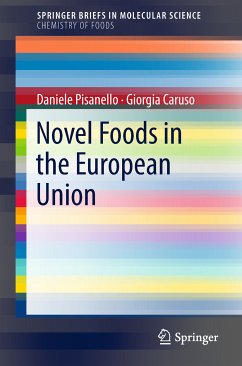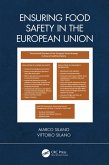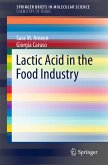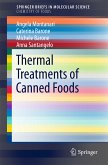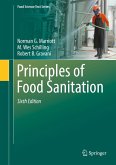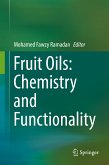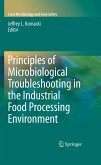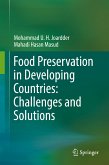In this work, the Authors discuss the long-time criticized EU Regulation on novel foods ((EC) No 258/1997) and how it has been significantly altered by the adoption of the new regulation. In the first chapter, the Authors provide a comprehensive analysis of the genesis of the new Regulation, its rationale and the policy's goals. In particular, they describe what food business operators shall do in order to get a new product allowed on the EU market, providing updated information on the regulatory developments from the European Food Safety Authority in nanofoods, cloned animals and insect foods. The role of the European Food Safety Authority is also discussed. The second Chapter summarizes the current toxicological studies used to evaluate novel foods safety, which are an extremely important pillar when speaking of food safety and commercial introduction of new products. Finally, the third Chapter discusses the 'history of safe use' approach to the problem of novel foods, and factors such as consumption period analysis, preparation advices and processes, intake levels, nutritional composition, and results of animal studies.
Food lawyers, professionals and auditors working in the area of official inspections, quality assurance, food traceability, and international regulation, both in academia and industry, will find this Brief an important account.
Dieser Download kann aus rechtlichen Gründen nur mit Rechnungsadresse in A, B, BG, CY, CZ, D, DK, EW, E, FIN, F, GR, HR, H, IRL, I, LT, L, LR, M, NL, PL, P, R, S, SLO, SK ausgeliefert werden.

